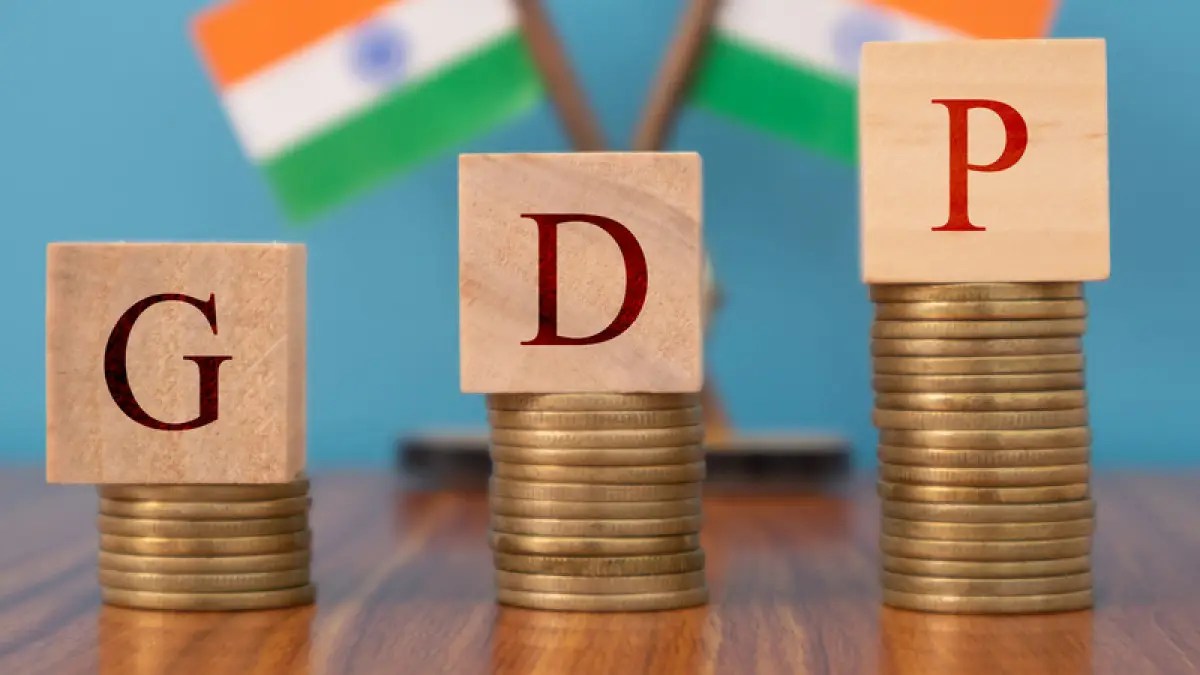India: The nation is progressing every day towards greater goals and better futuristic plans. The gross domestic product (GDP) is anticipated to adjust to 6.8% this FY25, compared to FY24, where it was on a rapid growth trajectory of 8.2%. This slowdown is expected due to higher interest rates (the cost of borrowing money) and stricter lending rules, according to the rating agency Credit Rating Information Services of India Limited (CRISIL).
“A somewhat lower fiscal impulse to growth (as the central government pursues fiscal consolidation) should also weigh on growth,” said ET-Crisil India Progress Report, released here at the event on Wednesday.
---Advertisement---Reports also suggest ease from inflation, based on the Consumer Price Index (CPI). According to it, inflation is expected to ease to 4.5% in FY25, compared to 5.4% in FY24. CRISIL has, however, called out uncertainties like weather and geopolitical tensions as key factors influencing its growth and inflation forecast.
“Although kharif sowing is higher this year, the impact of excess and unseasonal rains needs to be ascertained. An adverse weather event through the rest of this fiscal remains a constant risk to food inflation and agriculture income,” it said
---Advertisement---The report further adds and highlighted, “any further escalation in geopolitical tensions could constrain supply chains, disturb trade and push up oil prices, impacting inflation and sending input costs soaring.”
According to reports and experts, it is also expected that India’s current account deficit would rise to 1% of the GDP compared to 0.7% in FY24. It is anticipated that it will remain in the safe zone due to the country’s earnings through service exports (IT, tourism, etc.) and remittance inflows (money sent by Indians working abroad). These strong earning sectors will keep the country’s deficit manageable.”
India’s Economy Over Next Few Years-
According Indian Economy’s report, India’s economy coild grow at an average rate of 6.7% every year recahing a size of $7trillion over the period of 2025-2031. This will be similiar to 6.6% growth seen before the pandemic, driven by capex ( capital investment) push and more productivity(How efficiently people and bussiness work). But, the contribution of labour is expected to remain low during the period.













